 — By Guest Writer, Bert Doerhoff, CPA
— By Guest Writer, Bert Doerhoff, CPA
By paying quarterly you can ease your yearly accounting process with less calculations, allowing you to devote more time to the important day-to-day aspects of your small business.
When paying quarterly, you pay your taxes in equal portions in April, June, September and January. This works best if you are self-employed and have few holdings.
You should pay about 95 percent of what you think you will owe during the year, split between the four paying periods. Even easier, you can pay 100 percent of what you paid last year, divided amongst the four payments.
For example, if you owed $2,000 last year, you can pay $500 dollars toward your taxes in April, June, September and January. By doing this you don’t necessarily have to estimate your current earnings.
Keep in mind the state of the economy and your business when deciding whether or not to estimate your current earnings for paying quarterly. You may want to estimate your current earnings if the economy is on a steep downward slope or if your business is declining.
In doing so, you can pay less than what you paid last year when your earnings were higher. Once you calculate your four payment amounts, you are finished with calculations. Just remember to pay the remaining quarters.
Paying quarterly requires planning, because you either have to calculate your earnings and/or how much you will pay each quarter. Typically, business owners prefer to spend more time running their business on the front end and less on back-end calculations. In this case, it is often beneficial to hire a reliable accounting firm for help. If you are looking for help with taxes or small business bookkeeping in Missouri, feel free to contact us.
Photo credit: Ben
For more resources, see the Library topic Business Development.
 Sections of this topic
Sections of this topic














